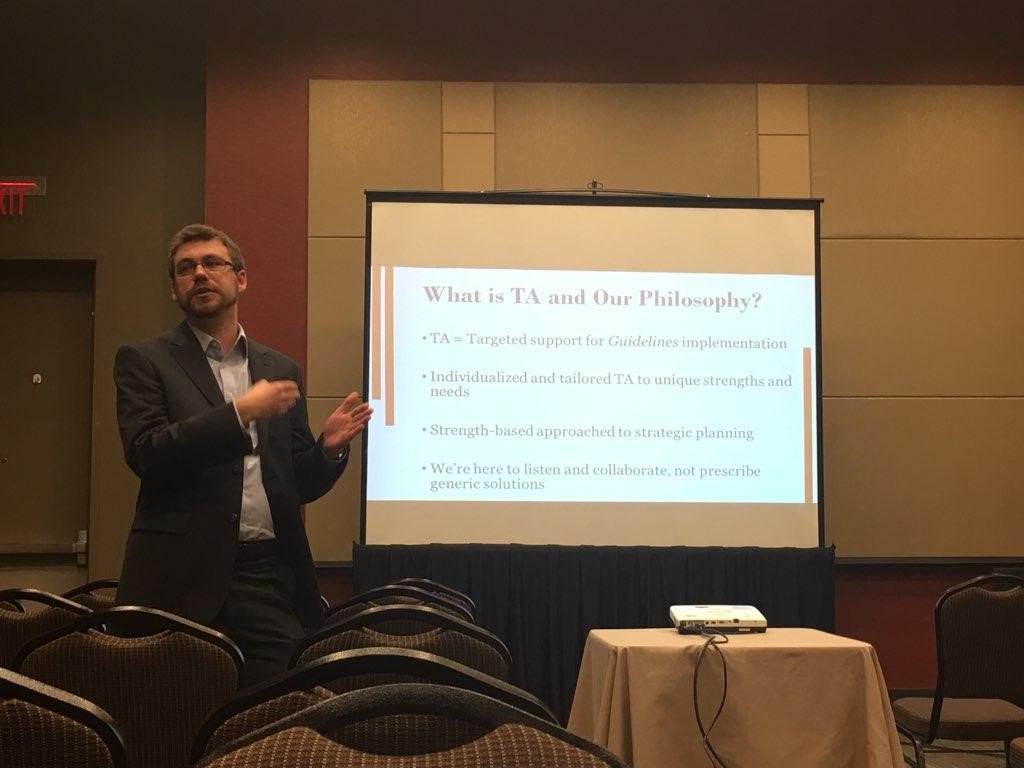Since a peak in the mid-nineties, the number of juveniles placed into secure detention has fallen dramatically, in part to due to a decrease in juvenile crime, and in part due to an increase in pre-trial diversion programs and post-adjudication alternatives to incarceration. These programs, such as the  juvenile drug treatment courts (JDTCs) I work with, seek to bring about behavior change and ensure public safety, without the iatrogenic consequences of incarceration.
juvenile drug treatment courts (JDTCs) I work with, seek to bring about behavior change and ensure public safety, without the iatrogenic consequences of incarceration.
Continue reading “Unlocking Alternatives to Juvenile Detention”

